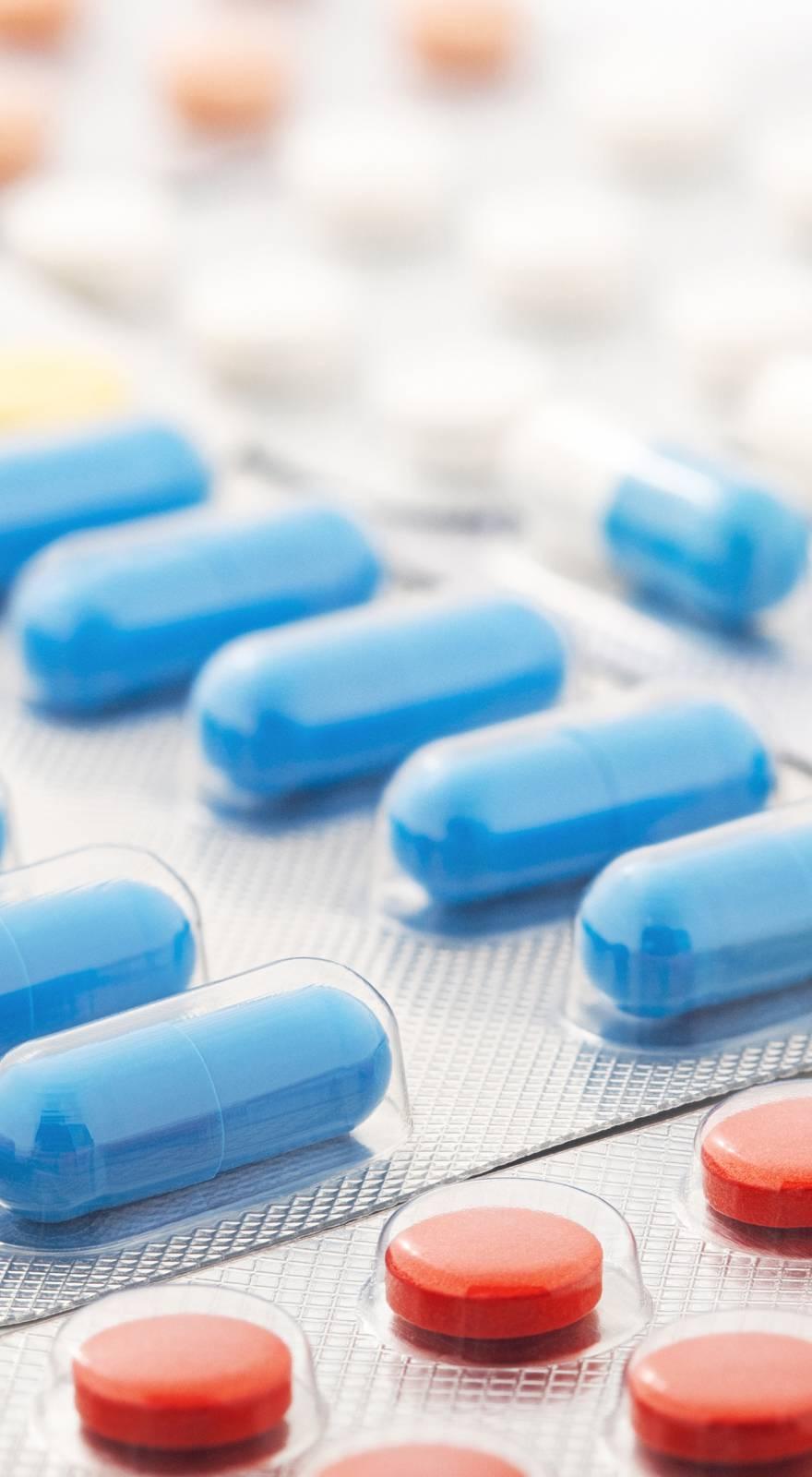Knowde Enhanced TDS
Identification & Functionality
- Pharma & Nutraceuticals Functions
- Technologies
- Typical Constituents
HPMC; Plasticisers; Titanium Dioxide; Edible Pigments, Glidant.
Features & Benefits
- Features
-
Polymer system employs cellulosic materials which have been widely used in film coating over many years.
-
Polymers used are soluble in most of the commonly used organic & hydro-alcoholic solvents found in pharmaceutical film coating.
-
Multiple use system.
-
Can be applied in a wide range of equipment designs and sizes from most manufacturers.
-
- Benefits
-
Systems are widely understood from regulatory, development and production perspective thus facilitating progress from formulation, scale-up through to full production.
-
Coatings are fast drying leading to short and economic process times.
-
Can be used as sub-coating & top-coating sealcoats, for regular color coating and as the vehicle in drug loading processes.
-
Easy scale-up and transfer to different equipment types or manufacturing sites.
-
Applications & Uses
- Markets
- Manufacturing Technology
- Equipment / Accessories
-
Variable-speed mechanical stirrer
-
Mixing Vessel
-
Regulatory & Compliance
- Regulatory Information
All products are checked for the regulatory compliance of all ingredients in the target countries and market segments of sale. This determination is made at the time the initial formulation is established, based on customer-supplied information. If market countries and/or segments are extended once the formulation has been established, customers are encouraged to contact us to ensure that regulatory compliance is not compromised.
Technical Details & Test Data
- Recommended Solvent System and Reconstitution Level
Organic:
-
IPA 35% + MDC 65% w/w at up to 5% solids
-
Ethanol 35% + Chloroform 65% w/w at up to 5% solids
-
- Calculation of Instacoat™ Sol and Solvent Quantities
Determine the quantities of Instacoat Sol (5% w/w solids) and IPA 35% + MDC 65% or Ethanol 35% + Chloroform 65% required based on the quantity of tablets to be coated and the target coating weight gain. e.g.: For coating 1.0 kg of tablets to 3% wt. gain, weigh 33 g Instacoat and 627 gm IPA 35%+ MDC 65% or Ethanol 35% + Chloroform 65% at room temperature (includes 10% overage for losses).
- Reconstitution Process
-
Instacoat Sol (Organic): the weighed quantity of organic solvent to a mixing vessel.
-
Using a mechanical stirrer, stir the organic solvent to form a vortex.
-
Add required quantity of Instacoat Sol to the center of the liquid vortex in a slow steady stream, avoiding clumping while maintaining a vortex. Once the entire quantity of Instacoat has been added, reduce the stirrer speed to eliminate the vortex. Continue mixing for 45 minutes.
-
- Recommended Process Conditions
Side-Vented
(Fully Perforated) PansConventional
(Non Perforated) PansPan Diameter (inch) 24-60 12-36 Tablet Load (kg) 10-300 0.5-50 Weight Gain (%) 2.0-3.0% Number of Guns 1-6 1 Liquid Nozzle diameter (mm) 1.0-1.2 Atomising Air Pressure (bar) 2.5-3.0 Pattern Air Pressure To achieve maximum uniform bed coverage Tablet Bed Temperature, Aqueous (°C) 40-42 Tablet Bed Temperature, Organic (°C) 36-38 Tablet Bed Temperature, Hydro- Alcoholic (°C) 38-40 Inlet Air Temperature (°C) Set to achieve required product bed temperature Suspension Spray Rate Set to achieve required product bed temperature Exhaust Air Volume To maintain slight negative pressure in pan Pan Speed Minimum for steady tablet flow through spray zone Tablet bed temperature offers the most effective way of controlling the coating process. Where this measurement is unavailable, exhaust temperature may be substituted. However, the relationship between the two measurements is complex and depends on several factors such as pan load, pan depression, pan design and airflow rate. Indicated exhaust temperature may be above or below the true bed temperature. It is recommended that the relationship between the two measurements is calibrated.

